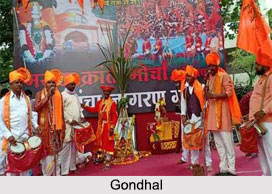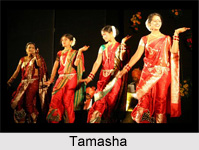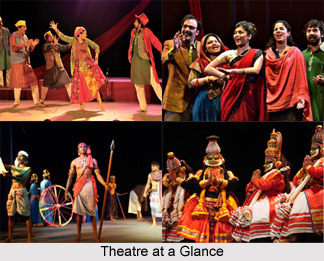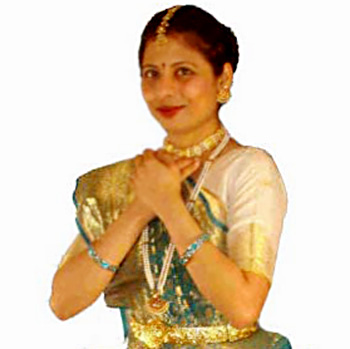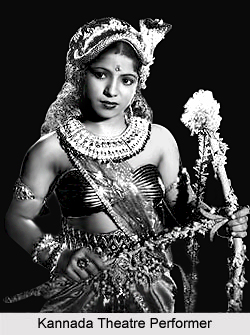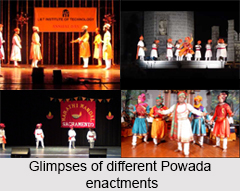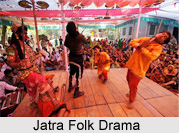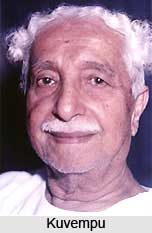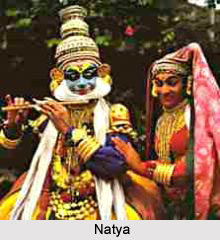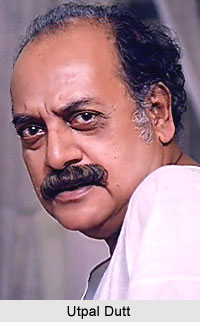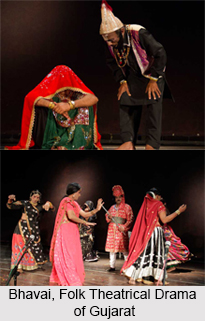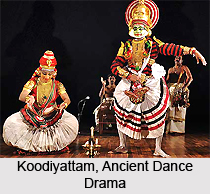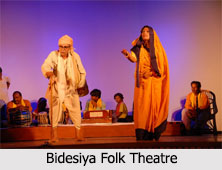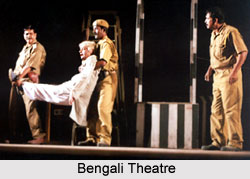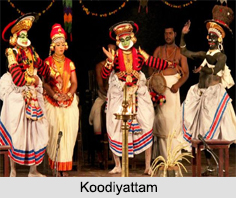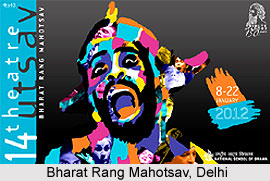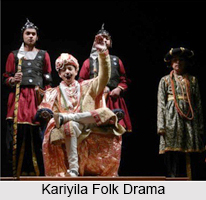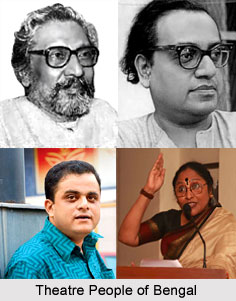Lalit is one of the ancient Indian folk dramas. It is a type of old Marathi folk drama combining devotion and entertainment. The literal meaning of Lalit is "pleasure". These are performed as part of the concluding ceremony at functions like the Navratri festival, a Vaishnava processional yatra, Kirtan or namsaptaha i.e. public reading of holy texts, and resembling the Raslila of Bengal, Braj, and Mathura. It is presented by a sutradhara, his companions, and a vidushaka, dressed as different deities and twenty-five to thirty castes or social types. The examples are bhaldaror chopdar guards, Vaghya-murali worshippers, or those impaired of speech, sight, and hearing.
Performance of Lalit
The performers act out scenes from the Puranas and epics, or humorous anecdotes and incidents involving common people. Lalit can continue from midnight to dawn. It has a loose structure and changing form. In the Lalit performed after Kirtan, actors impersonating deities dramatically present the event described. Some Bharuds are sung as well. The Lalit at the end of folk festivals is staged on a 4 m-by-6 m platform built with wooden planks. The accompanists sit at one side with their musical instruments and the assistants at the back. The other side is used for entrances and exits.
First the men sing classical dhrupad, followed by the sutradhara and his companions singing an invocation to Ganesha. Sometimes the sutradhara entreats his wife to duet with him. Then Ganesha enters, and sometimes Saraswati. They dance and converse with the sutradhara. The vidushaka keeps interrupting with his jocular quips, often vulgar and coarse. They bless the sutradhara and the second part begins, containing comic episodes between two contrasting pairs of people who vastly differ from each other in language, costumes, customs, and status. Humour is a basic element in Lalit, signifying the conflict between the ideologies and customs of the elite and proletariat. It thus encodes artistic expression of perceptive social criticism.
Costume of Lalit Performers
The costumes of the sutradhara and nati i.e. actress are not very characteristic, but the vidushaka generally wears a black robe with salwar and jingling anklets. He also holds a mirror in the process.
